Unique features of fol. 3r
Artists' Materials
The historiated initial with the Virgin and Child on fol. 3r has several unique features. White areas on this page, including flesh tones, contain lead white only. The particles of some of the pigments are coarser and their hue duller than in other folios. The technique used to model the draperies and the treatment of the gilded background on this miniature are also distinctive. All of these features suggest that the image on this page was painted by a different artist.
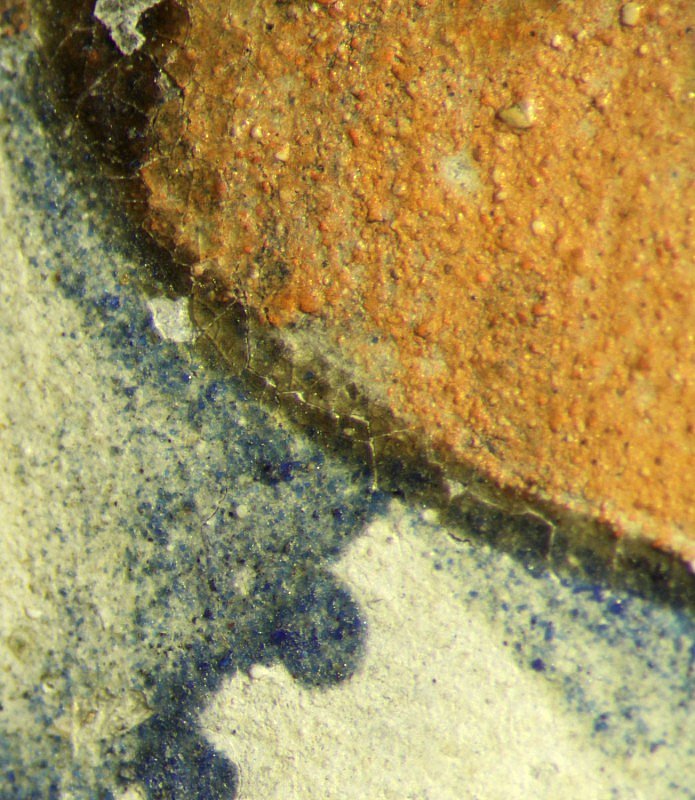
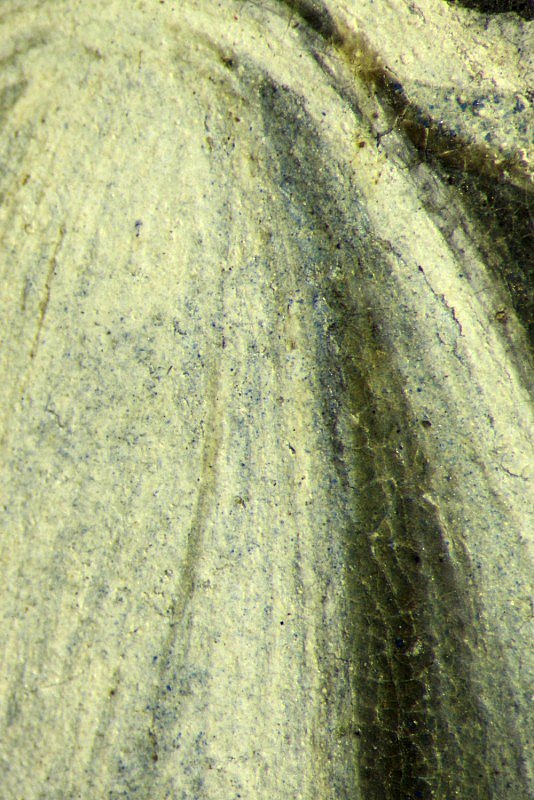
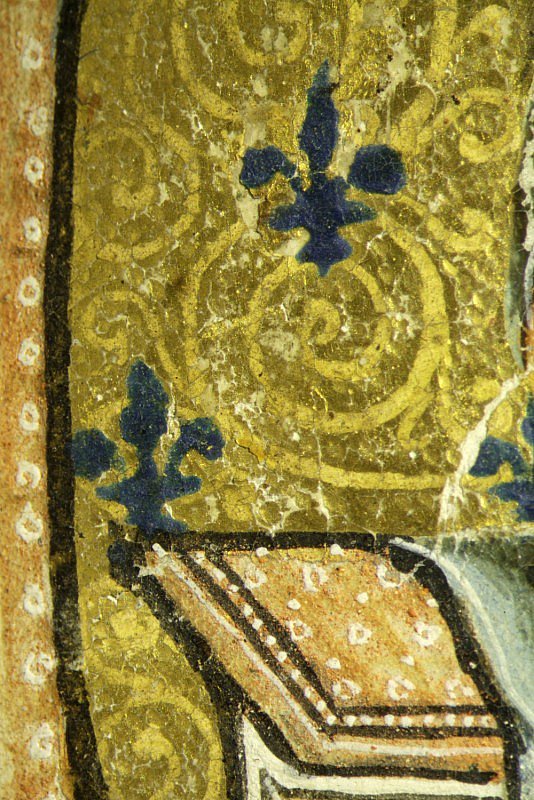
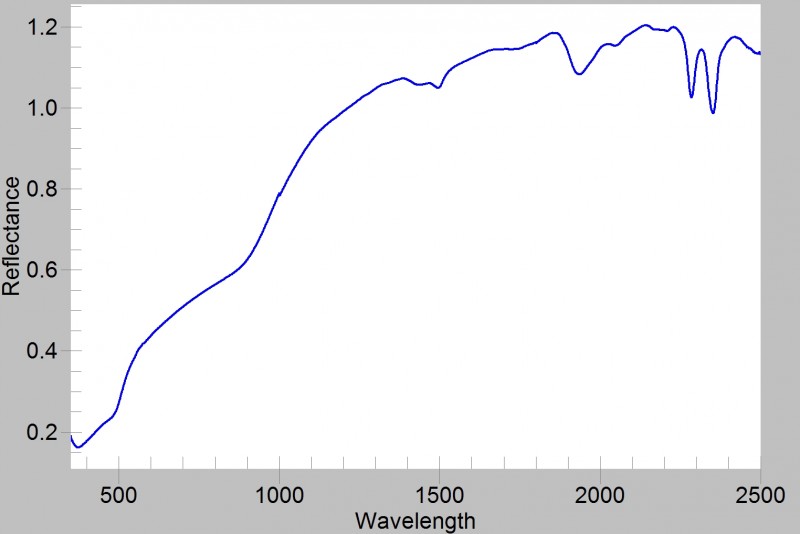
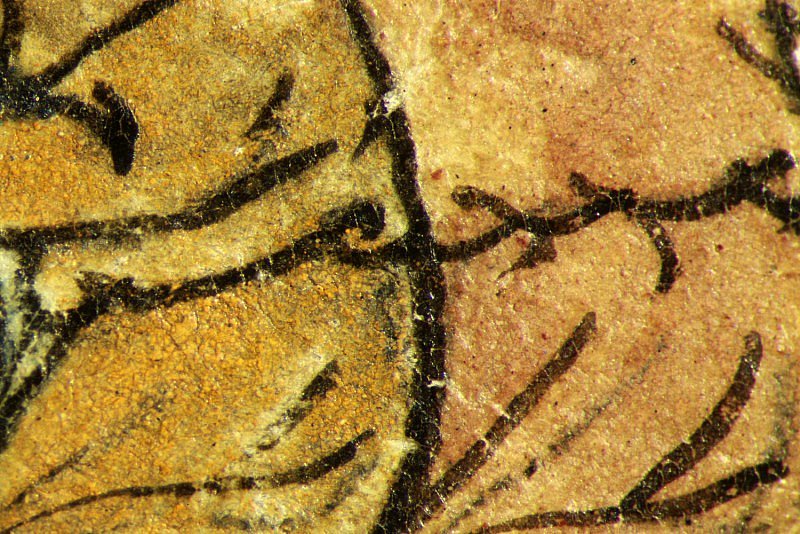
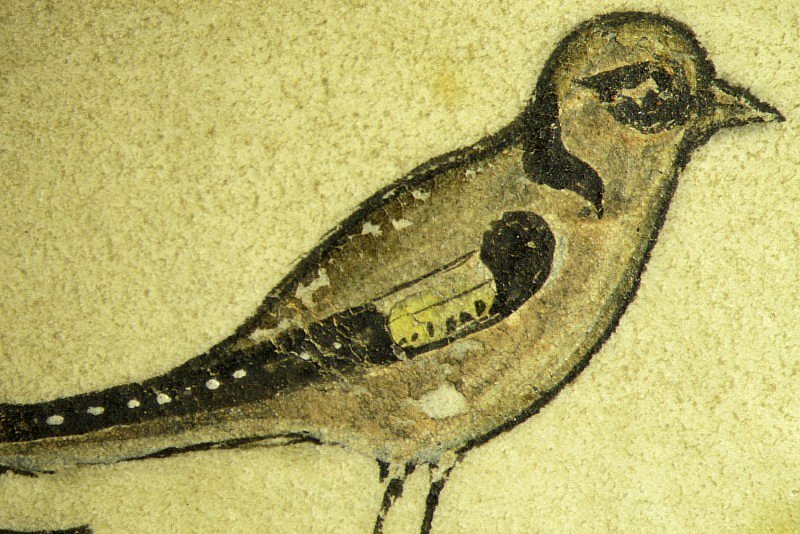
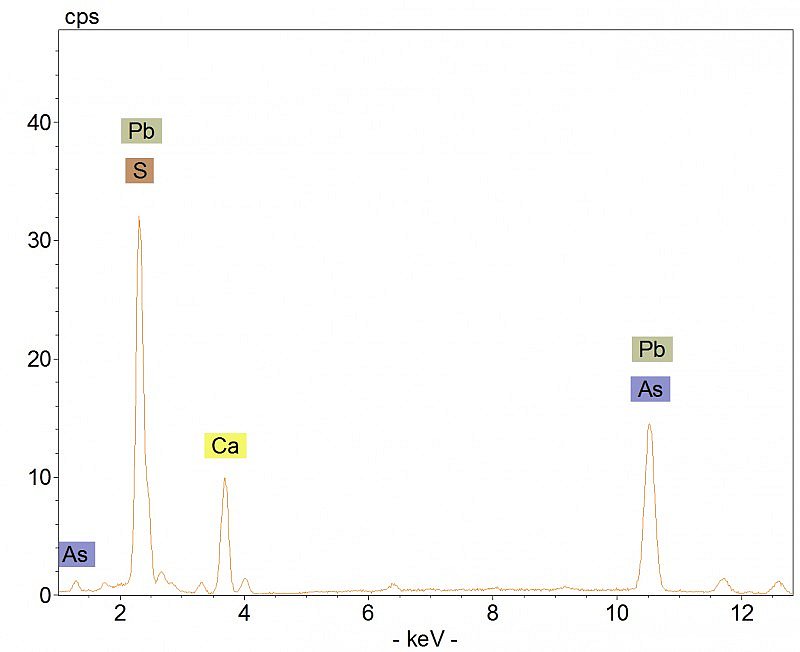
Historiated initial D with the Enthroned Virgin and Child (Hours of the Virgin, Matins)
The three-dimensional modelling of the Virgin Mary’s garments, with their multiple folds, distinguishes this initial from the more linear treatment of other draperies in the manuscript and suggests that this image was painted by a different artist. The materials employed also set this initial apart. These include coarser pigment particles (hotspot 1), a darkened organic shading on the Virgin’s mantle (hotspot 2), flesh tones containing lead white but no gypsum, and the use of shell gold for the decoration painted over the gilded background (hotspot 3). The border contains some pigments not found in the miniature: an organic red, used to obtain a red hue (hotspot 4) and a yellow arsenic sulphide pigment used in the wing of a bird (hotspot 5).